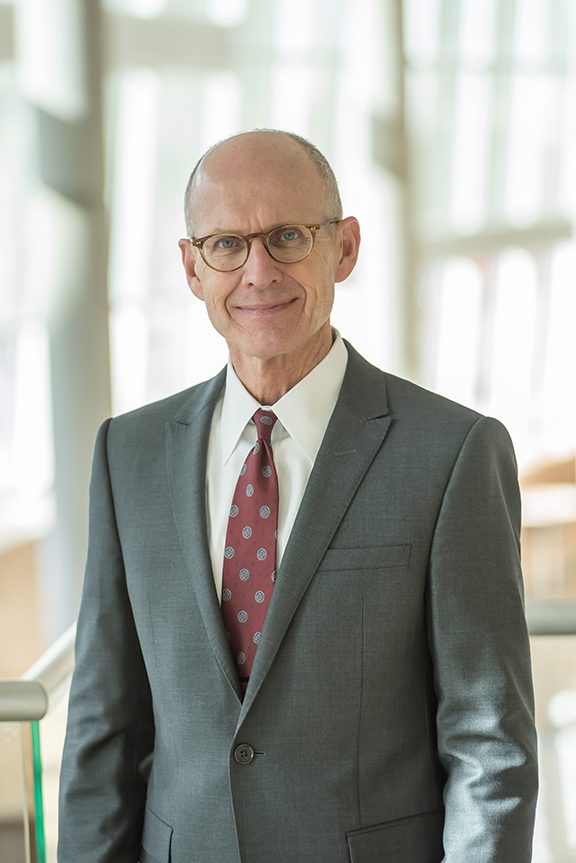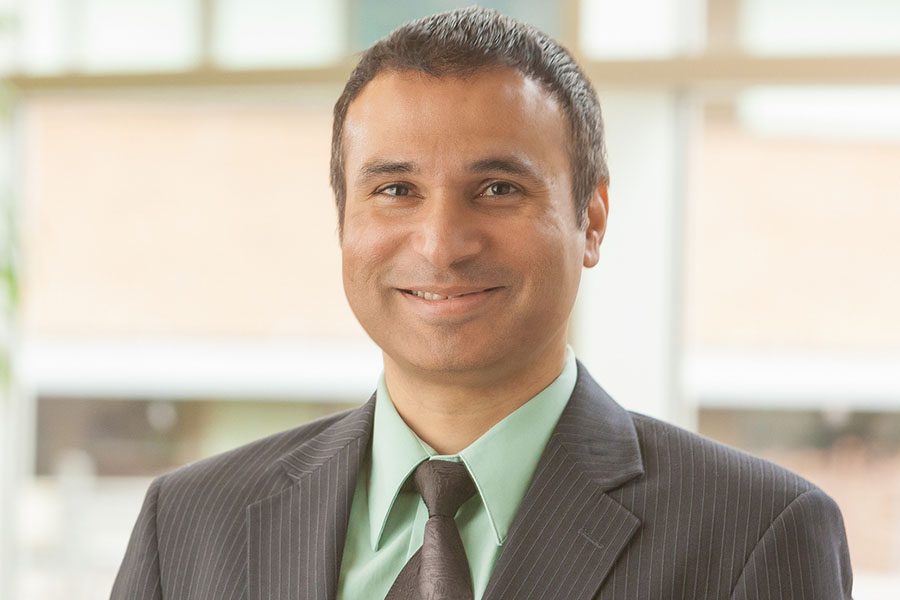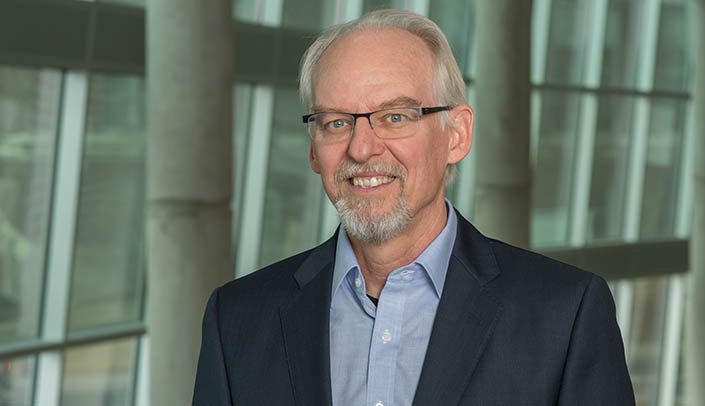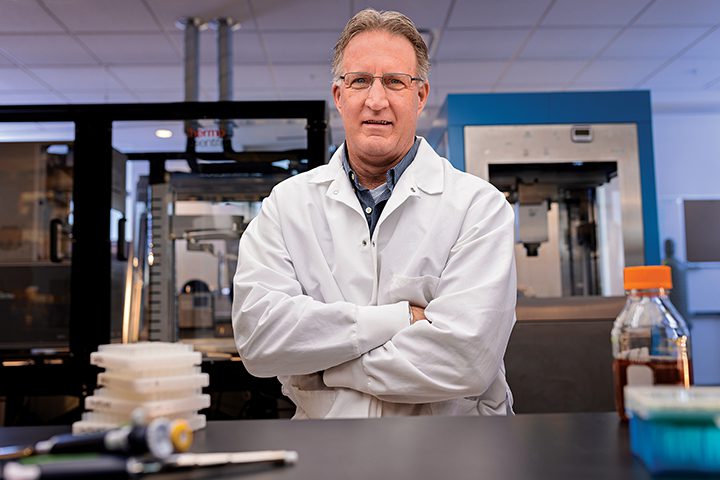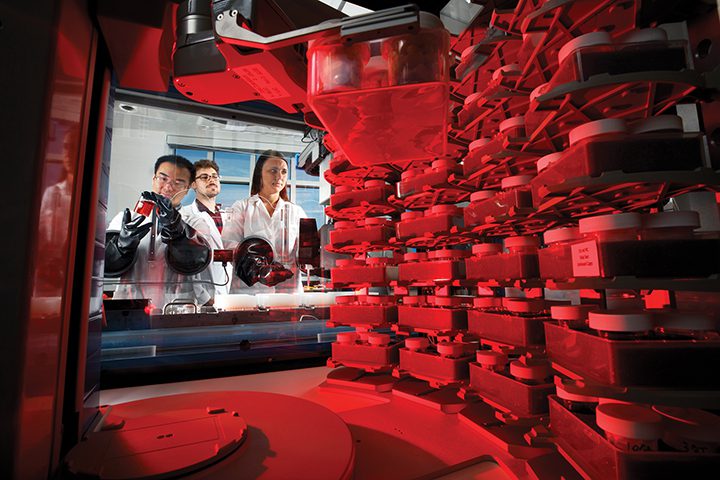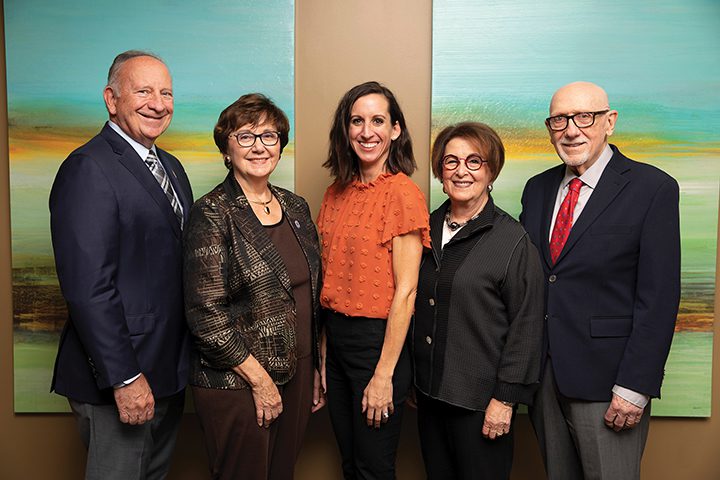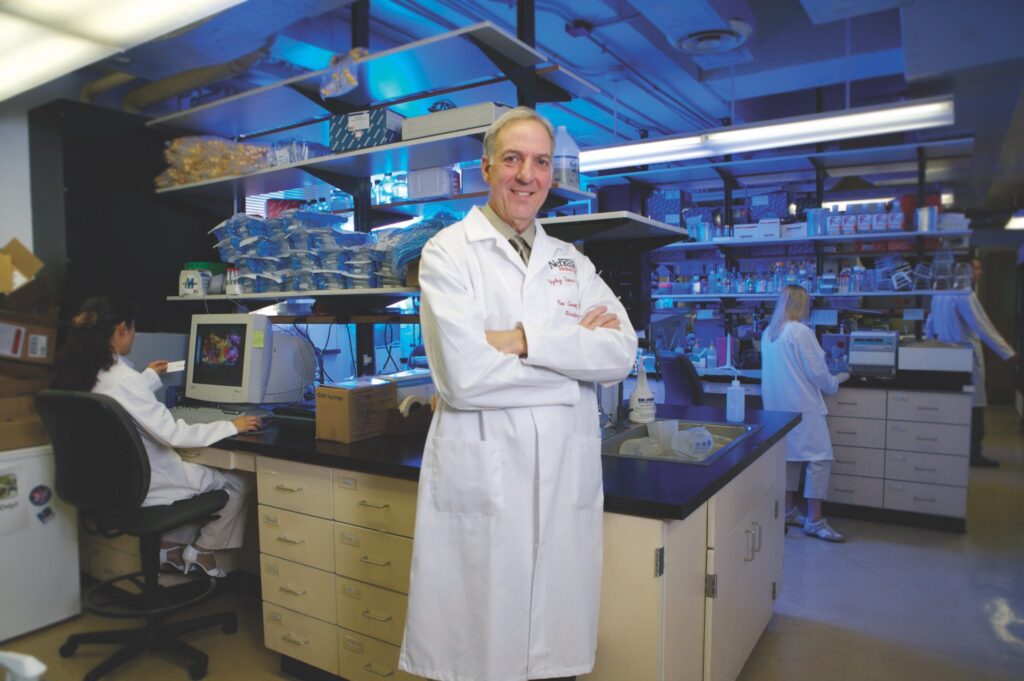Video by Lance Schwartz
The National Geographic Photo Ark exhibit at the University of Nebraska State Museum – Morrill Hall features the work of world-renowned wildlife photographer, Nebraska native and University of Nebraska–Lincoln alumnus Joel Sartore. Sartore has traveled the world in his quest to create a photo archive of global biodiversity and raise awareness of at-risk wildlife. The exhibit was made possible by University of Nebraska Foundation Trustees Mary and Del Lienemann, Jr., who first envisioned a permanent display honoring Sartore’s work in his hometown.
Support the Nebraska State Museum
You can support public programs celebrating Joel Sartore’s powerful permanent exhibition at the University of Nebraska State Museum and double your impact. University of Nebraska Foundation Trustee and board member Anne Hubbard, M.D., has made a generous matching challenge gift of $1 million to support the museum.

